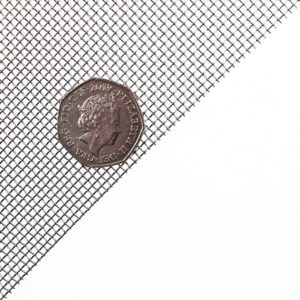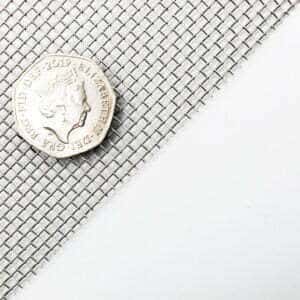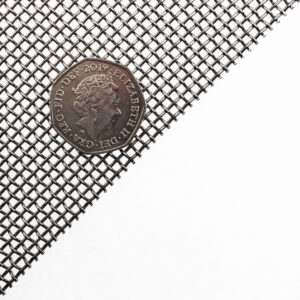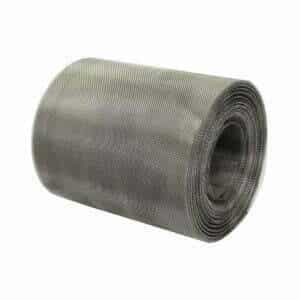



We value your privacy
We use cookies to enhance your browsing experience, serve personalised ads or content, and analyse our traffic. By clicking "Accept All", you consent to our use of cookies. Cookie Policy
We use cookies to help you navigate efficiently and perform certain functions. You will find detailed information about all cookies under each consent category below.
The cookies that are categorised as "Necessary" are stored on your browser as they are essential for enabling the basic functionalities of the site....
Necessary cookies are required to enable the basic features of this site, such as providing secure log-in or adjusting your consent preferences. These cookies do not store any personally identifiable data.
This cookie stores your consent preferences for cookies on this website.
Functional cookies help perform certain functionalities like sharing the content of the website on social media platforms, collecting feedback, and other third-party features.
No cookies to display.
Analytical cookies are used to understand how visitors interact with the website. These cookies help provide information on metrics such as the number of visitors, bounce rate, traffic source, etc.
No cookies to display.
Performance cookies are used to understand and analyse the key performance indexes of the website which helps in delivering a better user experience for the visitors.
This cookie is used by Google Analytics and distinguishes unique visitors on the website.
This cookie is used by Google Analytics to track visitor activities on the website.
This cookie is used by Google Analytics and stores a unique value for each page visited and tracks page views.
This cookie is used by Google Analytics and tracks a visitors session.
Advertisement cookies are used to provide visitors with customised advertisements based on the pages you visited previously and to analyse the effectiveness of the ad campaigns.
This cookie is used by Doubleclick and contains information about a visitor's past visit to other websites that have advertisements from Doubleclick.
This cookie is used by Google AdSense for experimenting with efficiency across websites that use Google Ads.
This cookie is used by DoubleClick to check if a visitor's browser supports cookies.




£11.99 – £192.99 inc VAT


This website is secured:
✔ The UK’s Largest Range Of Mesh Products
✔ FREE UK Delivery Included
✔ Immediate Express Dispatch From Stock
✔ Tracked Delivery with Order Updates
✔ 30-Day Returns Accepted
£ Check Out Our Clearance Listing For Savings
@ ☏ Bespoke Sizes & Larger Sheets Available
The 1.36mm hole stainless steel insect mesh is specifically crafted to optimise airflow while blocking entry of flies, wasps, and other insects. Boasting a high open area percentage, it’s resistant to rust and weather, ensuring durability and long-lasting performance.
The mesh is light, cost-effective, and can be easily tailored with scissors, making it an excellent choice for vent mesh applications. Orders are promptly handled at our Warrington factory, ensuring swift delivery. Featuring a mesh count of 16 holes per linear inch and a wire thickness of 0.23mm, it combines strength and breathability effectively.
1.36mm hole stainless steel insect mesh is designed specifically to allow good airflow through an opening whilst preventing flies, wasps and other winged creatures from getting through. The mesh is light, affordable and ideal for insect deterrent purposes.
Quick info:
Orders are picked and fulfilled by our amazing team at our Warrington factory within hours of placement.
The specifications of this stainless steel fly mesh are as below:
Our group have been in the mesh industry for over 150 years. We are one of the UK’s most trusted mesh suppliers because:
The Mesh Company has an enormous range of insect mesh products. We truly are an industry leader among suppliers of weld mesh and woven wire materials. With the capabilities we have in-house, we can provide virtually anything you require.
Fibreglass, aluminium materials are also available in large stock quantities at bargain prices. See our blogs for specific information on all of our various products.
Bug screen refers to this high quality fly mesh made from stainless steel is ideal for keeping insects out. It is woven together to produce small holes of 1.36mm x 1.36mm. In light of the material’s flexibility, it may require a frame in order to add rigidity. Rolls are available in a range of widths and lengths that are suitable for diverse applications. For use on soffits or behind cladding, the 10 cm to 30 cm wide rolls are perfect. These wider rolls are ideal for producing insect screens for doors or windows, or for covering large areas such as roofs.
We offer a heavy duty stainless steel insect mesh screen for areas where people are likely to come into contact with it regularly, such as windows and doors. This mesh has a thicker wire for increased strength, which makes it the best choice for high traffic areas, and spaces that need additional rigidity.
We also offer a midge mesh if you require an insect mesh with an even smaller hole. This mesh deters minute insects such as mosquitoes and midges.
Yes, it is easy to bend this mesh by hand. The wires are 0.28mm and the openings are 1mm. Consequently the wire to hole ratio is low, which means that the mesh is light and easy to manipulate.
Yes, you can paint stainless steel woven insect mesh, but it is important to follow specific guidelines to ensure that the paint adheres properly and does not compromise the effectiveness of the mesh.
Here are some tips for painting stainless steel woven insect mesh:
Yes, it is possible to patch up a fly screen that has been damaged or torn. Here are some steps to follow:
Check out our blog everything that you need to know about stainless steel insect mesh for more information on this product. Our goal for our blogs and help guides is to answer as many questions as possible to help to explain the possibilities of mesh to our customers. Contact our team today if you have any questions at all. We are always really keen to help in any way that we can.
You may also be interested in our blog about soffit vent mesh. This is a common use for insect mesh of all types.
Fence posts and tools will need to be purchased separately.
We also offer similar products through our highly popular eBay store, check us out there too.
| Insect Mesh Roll Size | 150 x 150mm x 2 Pack, A4 x 4 Pack (210 x 300mm x 4 Pack), 1.2m x 6m Roll, 1.2m x 15m Roll, 1.2m x 30m Roll, 7.5cm x 30m roll, 10cm x 30m roll, 15cm x 30m roll, 20cm x 30m roll, 25cm x 30m roll, 30cm x 30m roll |
|---|
In 2008 Locker Wire Weavers launched The Mesh Company to bring our enormous range of wire mesh products to the general public for the first time. Previously wire mesh was only available for trade customers.
We continue to extend our range, and now proudly offer many forms of mesh and metal products for the best possible prices. We specialise in woven wire mesh. As a group we work closely with architects and designers to develop ground-breaking new applications for our multifunctional range of materials. We also offer state of the art fabrication and engineering for projects of all sizes.
Strong ties with the Warrington community continue to be at the very core of our business. We are proud to invest in the training and developing our staff of all levels in line with the traditions set by Thomas Locker, who founded our group 150 years ago when he invented the electronic loom. We continue to bring ingenuity and strong ethics to our day to day business.
The Mesh Company continues Warrington’s historic role in the wire industry. For more than 140 years, our group has been a leader in the supply and manufacture of woven wire mesh and wire cloth. Having been founded in Warrington, UK in 1878, Locker mesh products still retain the quality craftsmanship and spirit of innovation that were so characteristic then.
Available Options
You will find full rolls of this insect netting here. Please be advised that the majority of woven mesh is usually available in a maximum roll size of 30 metres by 1200mm. Please email us if you wish to discuss purchasing this mesh in any size – sales@themeshcompany.com.
Feel free to call us if you wish to discuss any of our products – (+ 44) 01925 406 602. We are always happy to help in any way that we are able to.
We also offer this product through our highly popular eBay store, check us out there too.




The largest range of wire mesh, chicken wire, wire fencing, woven wire mesh and perforated metal products in Europe, delivered direct from our Warrington warehouse.




Website by: Beech Web Services | Terms and Conditions | Cookie Policy | Privacy Policy | Website Terms and Conditions
Reviews
There are no reviews yet.